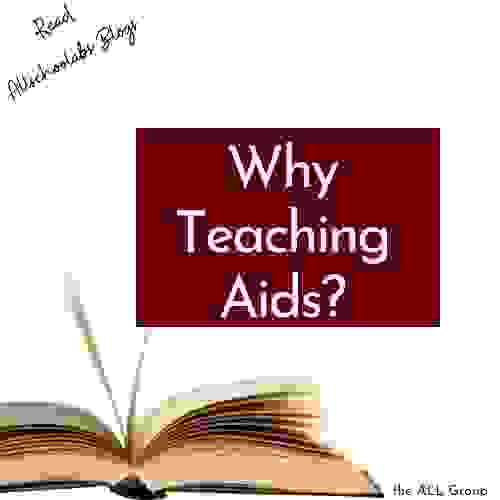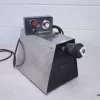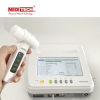
Teaching aid, what are teaching aids, the importance of teaching aids
A teaching aid refers to any aids or materials used by a teacher or instructor in the classroom in order to make teaching more enjoyable, interesting, understandable, and effective.
Advantages of Teaching Aids are:
- Clarification of subject matter
Teaching aids bring clarity to learning situations. An abstract idea or concept can be made understandable and clear thus it facilitates the formation and understanding of concepts among learners.
It discourages screaming and yelling. Since teaching aids concretize the abstract concepts there is very less chance for learners to resort to wrong learning, in fact, learners get fascinated and concentrate better on the class.
Often actively participating teaching aids provide reinforcement for better learning and help students to relate what is being taught to real-life situations.
- Teaching aids help learners to increase their vocabulary
In language teaching, situations created with the help of pictures or models are used for learning new words or vocal structures.
The use of flashcards in the classroom also helps students to acquire new words and phrases better in the classroom.
- Teaching aids helps in making learning fun and enjoyable in the classroom
It makes the classroom atmosphere lively and colorful. Teaching aids provide direct experiences to students.
They get the opportunity to connect theory with real-life experiences. This reinforces classroom learning.
Active modes of learning are promoted which helps in the longer retention of the subject matter.
Types of Teaching Aids
There are individual learning differences among learners.
Some learners are auditory learners who learn best through their sense of hearing.
We have visual learners who can absorb information best by visualizing and kinesthetic learners who learn best from hands-on activities.
The third is audio-visual aids such as motion pictures television and so on we also have projected and non-projected aids then low cost or no cost aids are also very important types of teaching aids.

- Audio aids: audio aids are those teaching aids that facilitate learning by involving the sense of hearing that primarily stimulates the hearing sense of learners. radios, gramophones, tape recorders, Walkman, and headphones are some examples of audio aids.
A radio can be used in a number of ways.
- For Teaching: young English learners can listen to English program broadcasts and practice the language later it will help them to develop listening as well as fluent speaking abilities
- As a Tape recorder: a tape recorder is another useful type of audio aid, for example, it can be used for learning spelling. The teacher can prepare a tape on certain words and their spellings are recorded, listening to such tapes will help students learn new vocabulary.
The main purpose of audio aids is to develop the listening skill of the learners.
- Visual aids: visual aids facilitate learning by involving the learner’s visual organs, that is the eyes.
Some examples are chalkboards, charts, pictures, flashcards, maps, models, or even actual objects.
- The chalkboard is the most commonly used visual aid, the teacher can write or sketch the important contents on the chalkboard so that the contents can be understood clearly by the learners.
- Pictures can be drawn on chart papers to attract the student’s attention picture charts can emit relevant information to learners in a simple but purposeful way. Pictures, flashcards, cue cards, and picture cards also serve as good visual aids.
- Models are also very useful in teaching sometimes actual objects are not available or we cannot bring those objects to the class for teaching. in that case, their models serve the purpose. for example, a globe can be used as a model for the earth.
- Audio-visual aids: audio-visual aids are the learning aids that involve the sense of vision as well as hearing. The students can see and listen at the same time hence the make the teaching-learning process more enjoyable and more effective.
The greatest advantage of this is that they are the closest representation of reality.
Television, projectors, motion pictures, video cassettes, and film scripts are a few examples of audiovisual aids.

Low-cost and low-cost learning aids are those aids that are available at a very cheap rate or require no cost at all.
There is no guarantee that everything that a teacher or instructor needs for teaching will be available at their doorstep, creative teachers are able to think of creative ways to prepare and develop teaching aids even from waste materials. This can help the teaching enjoyable and interesting.
In conclusion, you should remember that any teaching aid should be meaningful, effective, and purposeful, it should be simple, cheap, educative, and accurate in every aspect.
It should be relevant and suit the mental level of your students, you should not use a learning aid that your students will not understand.
It should be improvised and portable, it should not be too big to create inconveniences when you carry it around and at the same time it should not be too small as well, it should be large enough to be properly seen and comprehensible by all the students in the classroom.
It should be up to date, accurate and most importantly it should motivate learners to learn and understand teaching concepts.

Teaching aid, what is teaching aids, the importance of teaching aids,


